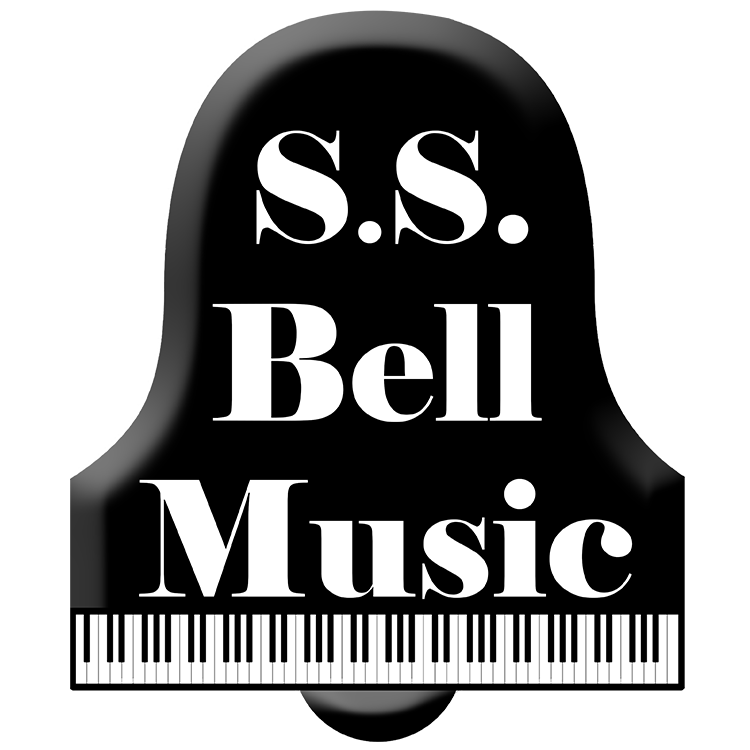Beyond the Page: an Introduction
What does it mean to go “Beyond the Page”?
For me, it started with exploring Lead Sheets. So many musicians think the notes and instructions on a page of music are the Gospel truth; not to be altered. I’d like to challenge that idea. As a composer, I like to think that my pieces are like recipes- a starting point for players to express how this music speaks to them- what story they want to tell. I encourage my students to feel freedom to explore, create and express. Maybe you agree; maybe not.
Let’s talk about it.
COVID happened. It challenged us to think about ourselves in new ways and opened up more possibilities for the ways to reach our students.
I love to learn new skills- as many of you also did during the Pandemic. What did you learn? Did you expand your baking skills? Get an RV and explore your State Parks? Maybe you ramped up your fitness routine. I’d love to hear about your new skills!
I embraced the online opportunities. My students never missed a beat- we jumped online for lessons and even had Zoom recitals. I also noticed with the extra time at home, most of my students were thriving: more time to practice, more time to dive deeper into topics of their interest. I thought, “why not try some new things?” So when I introduced Lead Sheets, I discovered my students really took to them. Not only do they make the Music Theory they are learning, more applicable, but they are so much more creative! We started with the Lead Sheet: the tune in the Right hand with the Chord Symbols above each measure. First, we learned to play the Right hand melody. Once we could do that with our eyes closed (that’s my favorite test to see if students really know their stuff), then we moved onto the Chords.
“You Gotta Know the Score” became our “go-to” information sheet: What scale does this tune use? What triads are created when you stack thirds over the notes in the scale? What is the name of each triad? Did you notice that every Major scale has the same pattern? I, ii, iii, IV, V, vi, vii° OR C, D min, E min, F, G, A min, B dim. If the student is more advanced, this might be a good place to mention the Triads & Inversions. NOW, what do we do with all that information? Let’s focus only the chords in our tune and let’s decide on some easy patterns to use: Triad in root position in whole notes, Open 5ths in half notes, just to get started. How can we use this information to create our own arrangements? What if, knowing about the chords and the scale patterns invite us to explore improvisation with our Right hand? Maybe we can create our own songs? These are some of the topics I want to discover with you. I hope they will encourage you to be curious and willing to explore new ideas.
Let’s go Beyond the Page together….
Here’s some ideas to get you started “When the Saints Go Marching In”. Grab these materials for FREE.
What do you think? I’d love to hear your suggestions- how did this lesson go for you? Did you use them with your students? Did you learn something new? Want to see more like this? Send me a note! I’m open to suggestions. Like this Blog post? Share it on Facebook!






